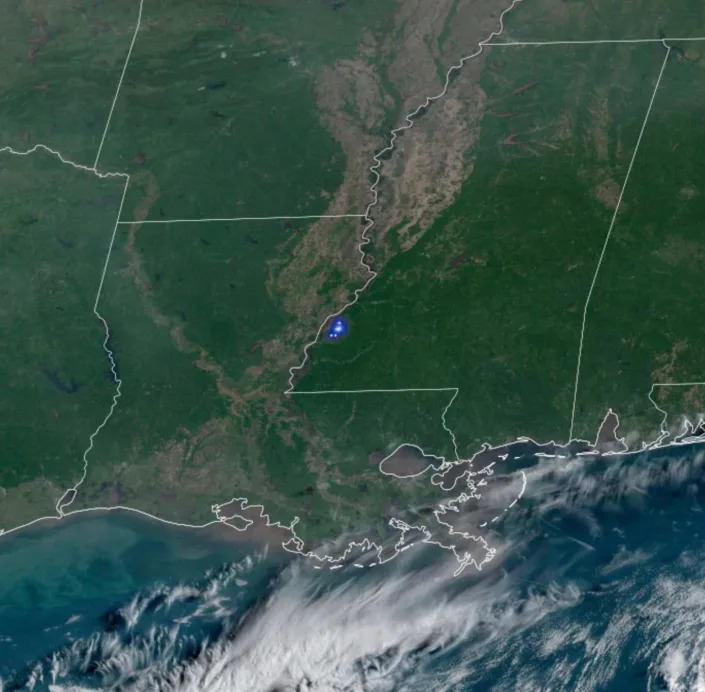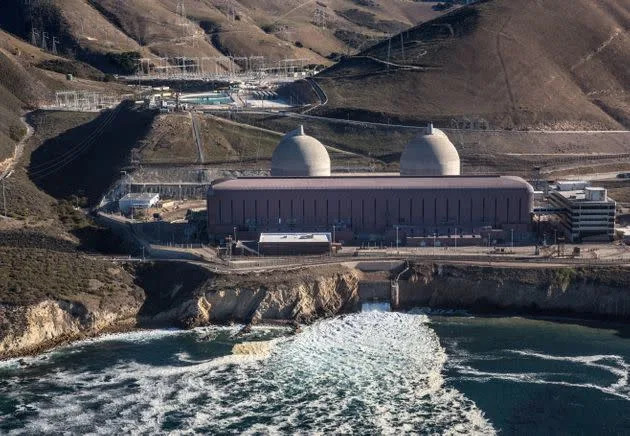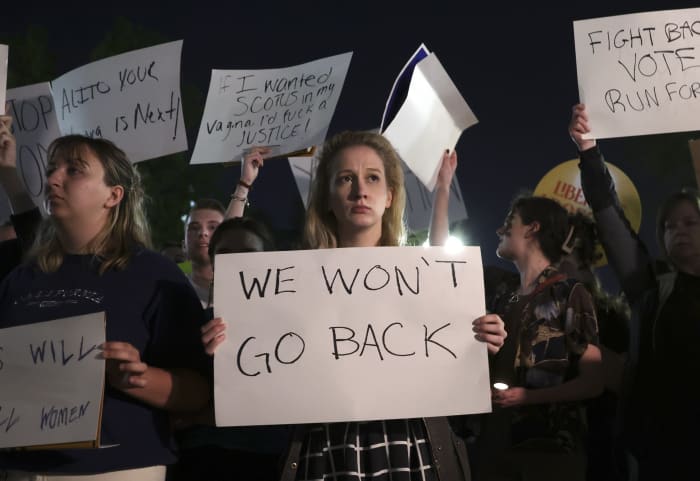Wed, May 4, 2022,

Steel smelting
As of today, Ukrainians of various professions are serving in the Armed Forces of Ukraine and other units defending Ukraine from Russian invaders.
Before the war, metallurgical and mining enterprises were among the country's largest employers.
NV Business has learned how many employees from major Ukrainian factories have joined the army.
The Metinvest Group, an international steel and mining group of companies, has the largest number of mobilized employees. At the request of NV Business, the company's press service reported that more than 3,000 workers had been mobilized at their enterprises. However, Metinvest did not specify which factories and plants had workers fighting in the Armed Forces. However, the largest assets of the group are located in Kryvyi Rih, Zaporizhzhya, Kamianske, Mariupol, and Pokrovsk.
Read also: Rinat Akhmetov to sue Kremlin for $10 billion for ruining his assets
The Metinvest Group reported allocating 900 tons of steel to produce approximately 90,000 bulletproof vests for the Armed Forces and the territorial defense units. The company bought another 10,000 bulletproof vests abroad. As of early May, 4,000 bulletproof vests and helmets had been supplied to the military. In particular, it was reported that 300 workers of the Kametstal metallurgical plant, who had been mobilized for the Armed Forces and the territorial defense units, had received level 4 bulletproof vests.
In late April, ArcelorMittal Kryvyi Rih, a member of the multinational corporation ArcelorMittal, reported that about 1,800 employees were defending Ukraine from the enemy.
Read also: Russian army has almost destroyed Azovstal steel plant in Mariupol, says interior ministry
Workers from other enterprises in Kryvyi Rih are also going to war.
"About 800 of our employees are defending Ukraine with weapons in their hands as part of the Armed Forces and territorial defense units," Serhiy Barabanov, HR Director of JSC Kryvbaszalizrudkom, told corporate media in an interview.
At the same time, the industrial company Interpipe recently reported that 760 of its employees were defending the country in the Armed Forces of Ukraine and territorial defense units.
"As many as 580 of them have been mobilized since late February," the press service said.
Some 470 of them have already received clothing and equipment from the company.
"First of all, we help our colleagues with bulletproof vests, as well as providing (medical supplies)," the company said.
"If necessary, we provide tactical equipment, such as uniforms, army boots, tactical vests for ammunition magazines, anti-fragment glasses, tactical gloves, sleeping bags, etc."
DCH Steel employees have also been called up to join the Armed Forces and other units.
"Dniprovskiy Metallurgical Plant – 215 people. Sukha Balka mining and processing plant – 391," the company's press service said.
Thus, about 7,000 employees of the largest metallurgical and mining enterprises are defending Ukraine.
As of early 2022, more than 246,000 people, including 195,000 soldiers, were serving in the Armed Forces of Ukraine.













